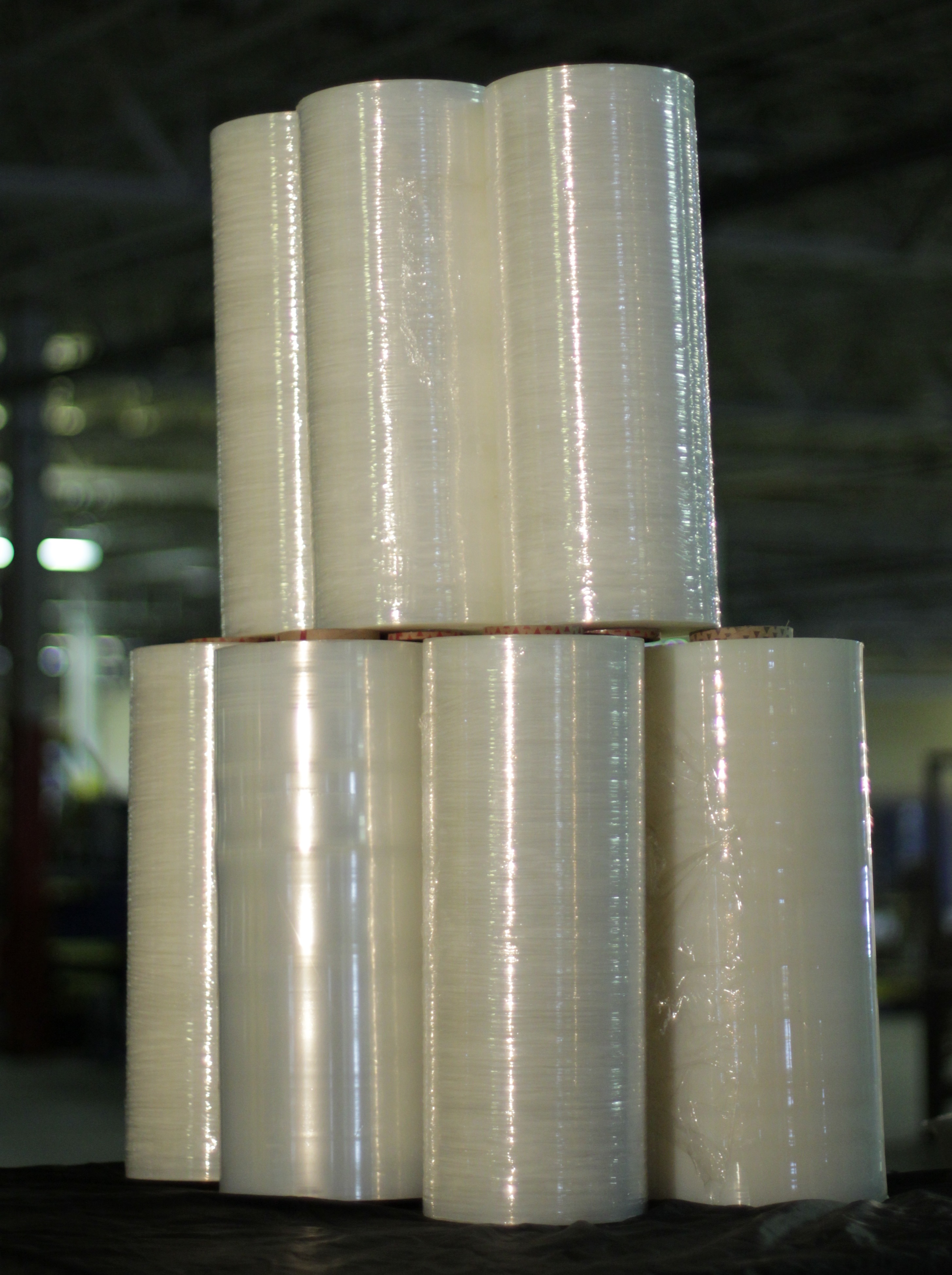Unlike those of us in the packaging industry, most professionals hope to avoid (or at least find unnecessary) the unique details that go into designing the perfect unit load and packaging system. For many buyers, packaging lingo can be confusing, alienating or just plain frustrating. With a variety of pallet designs, stretch wrappers, shrink systems and stretch film, there's a lot to keep track of and many customers are too busy with their own business to find the opportunity to learn about the transportation of their goods.
That's where we come in! While pallets may be our bread and butter, we offer a wide variety of products to help products safely move throughout the country. Our job is not just to offer the best stretch film for the job, but to help you understand why. That's where our packaging lab comes in, where pallets, film and packaging equipment can be tested on your merchandise to determine that perfect balance between cost savings and protective thriftiness.
Next time you need to talk with a film expert, be sure to ask if you don't understand! Sometimes knowing the right vocabulary is all you need.
Here are five important vocabulary words all stretch film scholars should know:
- Stretch Wrap - Highly stretchable plastic film that wraps around a unit load, either by hand or stretch wrapping machine.
- Shrink Wrap - Different from stretch film, shrink wrap is a tightly fitting sheet of plastic that shrinks around a load when heated.
- Flexural Modulus - The degree to which film resists stretching or bending prior to reaching its elastic limit.
- Cast Film - Cast stretch film is created by continuously pumping the polymer through a straight dye, then chilling this hot sheet of plastic immediately after the dye by contact with a cooled "chill roll."
- Blown Film - Blown stretch film is created by continuously pumping the polymer through a circular dye, then filling the tube with air. The volume of air contained within the tube stretches the tube or the bubble out to the desired width.
Did you enjoy this mini film lesson, or do you have bigger and bolder questions that need answered? Let us know in the comments and we'll do our best to address your questions as they come!






